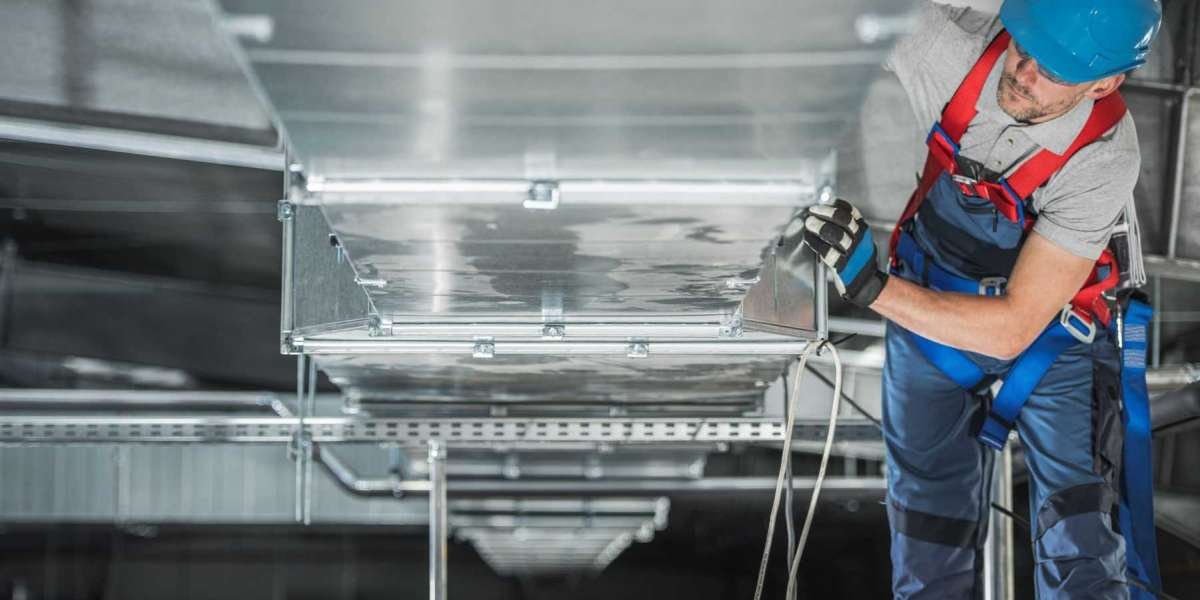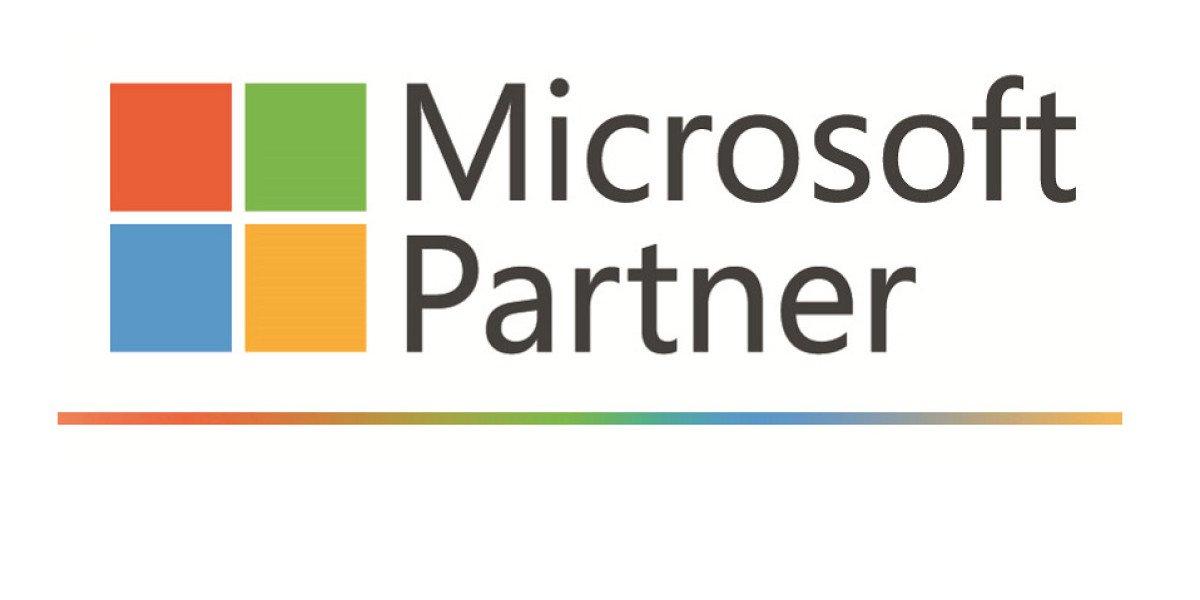Embroidery digitizing is a specialized process that transforms artwork or designs into a format compatible with computerized embroidery machines. This intricate craft involves converting intricate patterns or logos into a series of commands that guide the embroidery machine's needle to create detailed and precise stitched designs on fabric. The digitization process is crucial in ensuring the accurate reproduction of intricate designs onto textiles, making it a cornerstone in the world of modern embroidery.
The first step in embroidery digitizing involves skilled digitizers using specialized software to manually trace and recreate the design. They meticulously assign stitch types, directions, and densities to replicate the original artwork. This requires a deep understanding of embroidery techniques, fabric properties, and the capabilities of various embroidery machines.
Precision is paramount in embroidery digitizing, as it directly influences the quality of the final embroidered product. Digitizers must carefully consider factors such as stitch length, density, and underlay to ensure the design's durability, clarity, and aesthetic appeal. They also take into account the type of fabric and the intended use of the embroidered item, as these factors influence the overall outcome.
Embroidery digitizing offers a myriad of benefits to businesses and individuals involved in the textile and apparel industry. It allows for customization and personalization on a large scale, enabling the creation of unique and branded merchandise. From corporate logos on uniforms to intricate designs on fashion garments, embroidery digitizing provides a versatile solution for adding a touch of sophistication and identity to various items.
Moreover, the digitization process enhances efficiency by automating the embroidery production workflow. Once a design is digitized, it can be easily replicated and scaled, reducing manual effort and ensuring consistency across multiple items.
In conclusion, embroidery digitizing is a specialized skill that combines artistry and technology to bring intricate designs to life on fabric. As a vital component of modern embroidery, it empowers businesses to create personalized, high-quality embroidered products with efficiency and precision.








